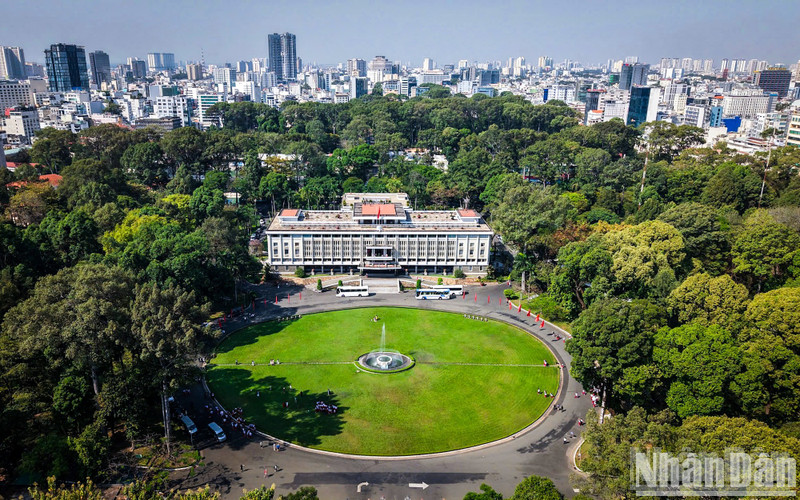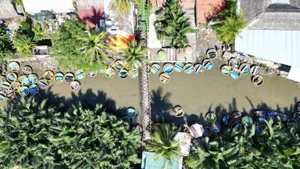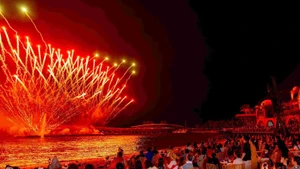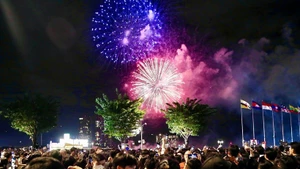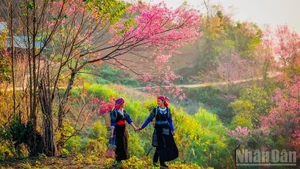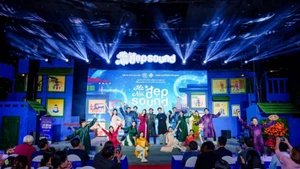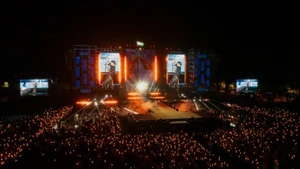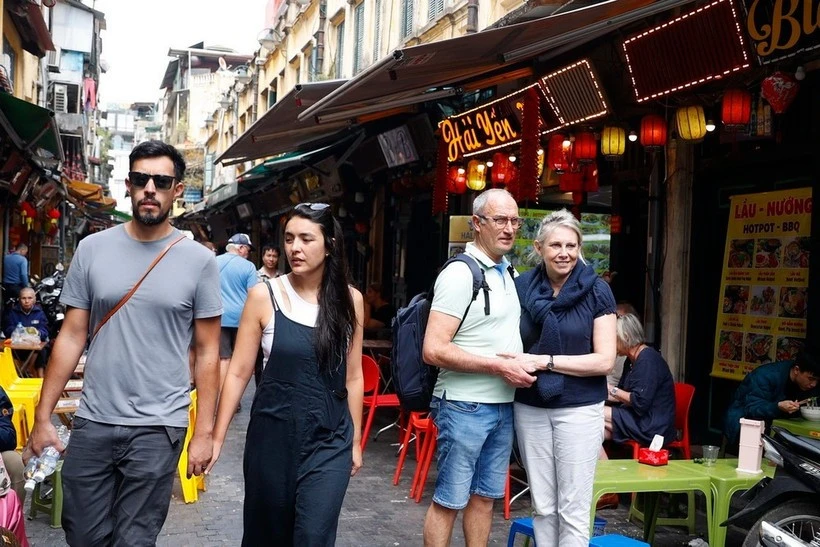The palace is not only admired for its architectural beauty but also stands as a symbol of peace and national unity, attracting large numbers of visitors to Ho Chi Minh City, especially during the annual April 30th celebrations.
Before April 30, 1975, the Independence Palace served as one of the central headquarters of the US-backed Saigon government and bore witness to foreign military interventions and the devastating war in Vietnam.
The building stands 26 meters tall on a construction area spanning 4,500 square meters, with a usable area of about 20,000 square meters.
It includes a basement, ground floor, three main floors, two mezzanines, and a rooftop, with around 100 rooms decorated in various styles.
The palace was designed with clear functional zones: presidential offices, family living quarters, auxiliary areas, and a reinforced bomb shelter.
The palace was originally built in 1868 as Norodom Palace during the French colonial period. After suffering severe damage from a bombing in 1962, it was rebuilt according to the design of Ngo Viet Thu, the first Vietnamese architect to win the Grand Prix de Rome.
 |
| The Independence Palace before 1975 |
 |
| The Independence Palace in April 2025 - 50 years since the national reunification. |
 |
| On April 30, 1975, tank number 390 of the liberation army crashed through the palace gates, marking the end of the Vietnam War. Today, this gate is a popular photo spot for international tourists visiting the site. |
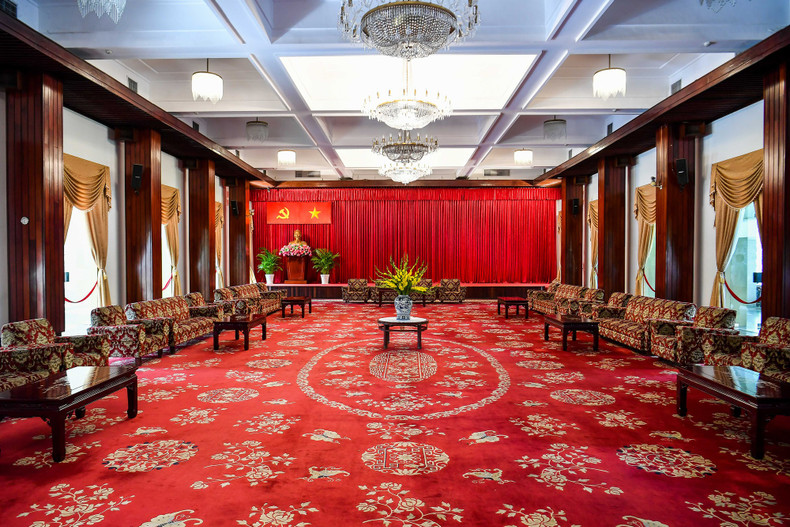 |
| The ceremonial hall |
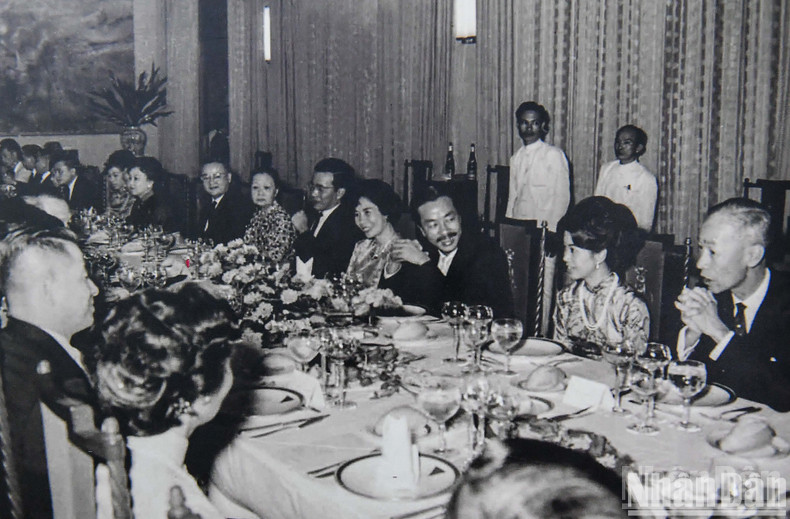 |
| The grand banquet hall, which hosted over 100 guests and important events such as the inauguration of President Nguyen Van Thieu in 1967. |
 |
| The grand banquet hall |
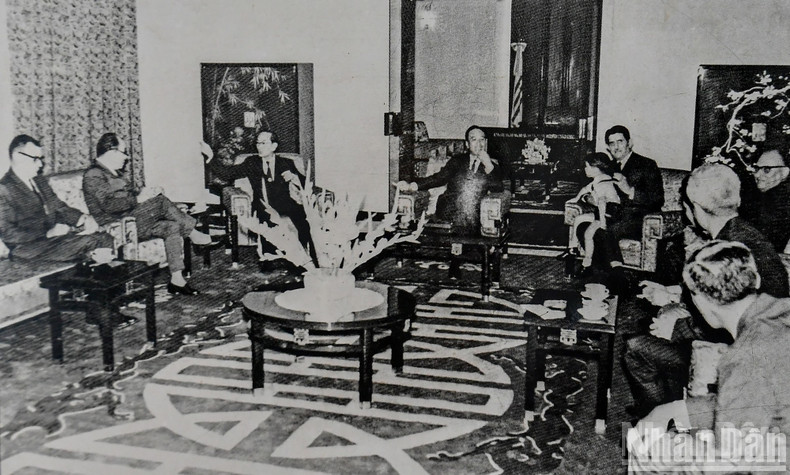 |
| The president’s reception room |
 |
| Today, the president’s reception room is still well-preserved in their original state. |
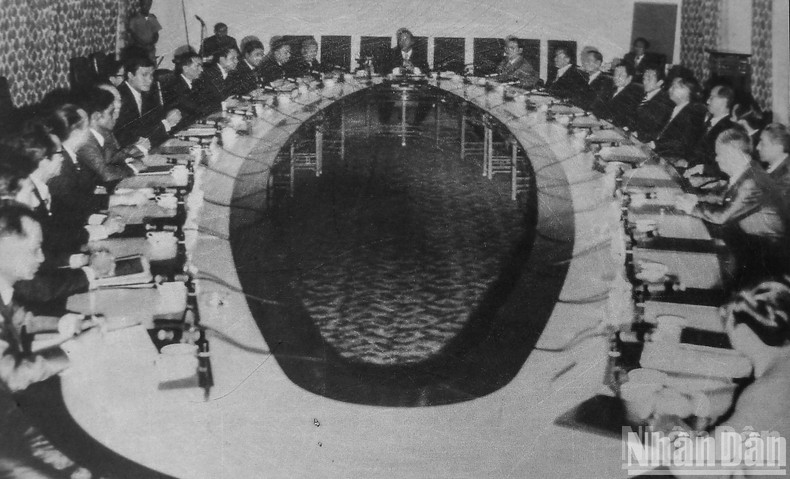 |
| The cabinet meeting room |
 |
| The cabinet meeting room |
 |
| A meeting in the President’s office, where President Nguyen Van Thieu of the Republic of Vietnam (C) and Prime Minister Tran Van Huong (R) received Minister of Culture, Education and Youth Le Minh Tri (L). |
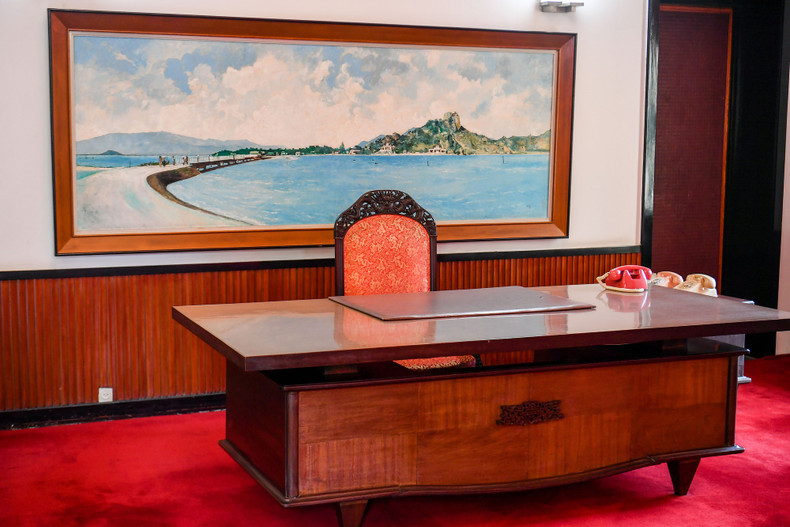 |
| The president’s office |
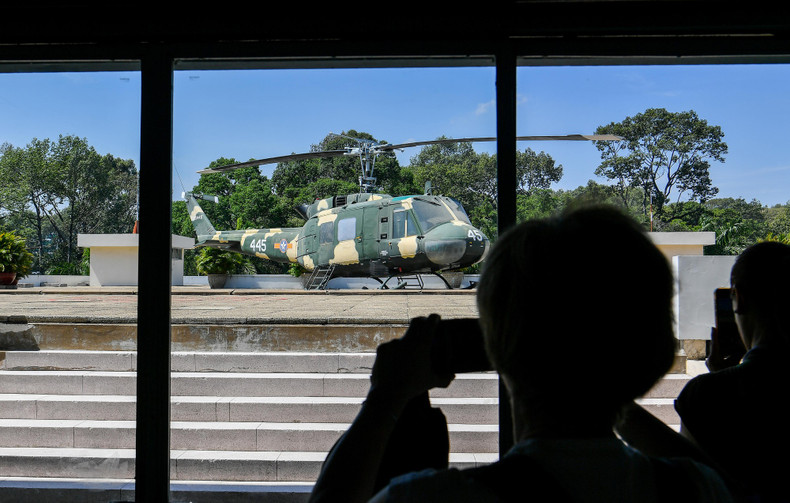 |
| Visitors can go up to the rooftop to admire the UH-1 helicopter — a historical artifact associated with the events that contributed to the victory in the final days of the war. |
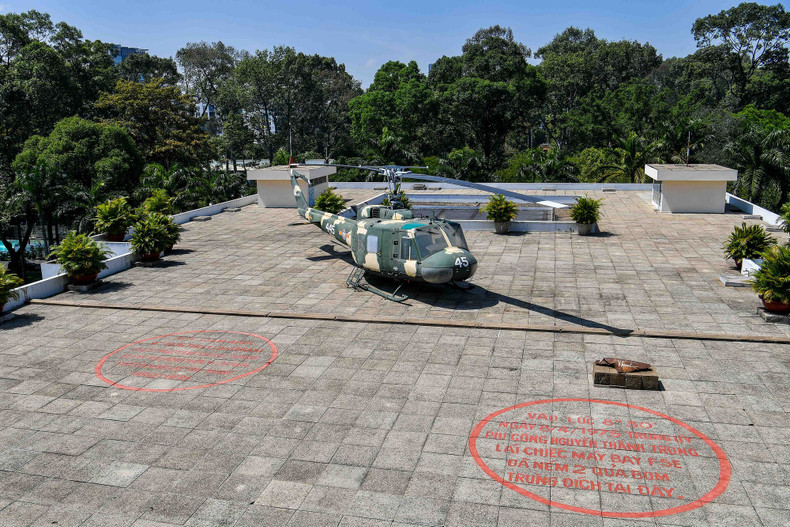 |
| On April 8, 1975, pilot Nguyen Thanh Trung flew an F-5E aircraft from Bien Hoa to bomb the Independence Palace. |
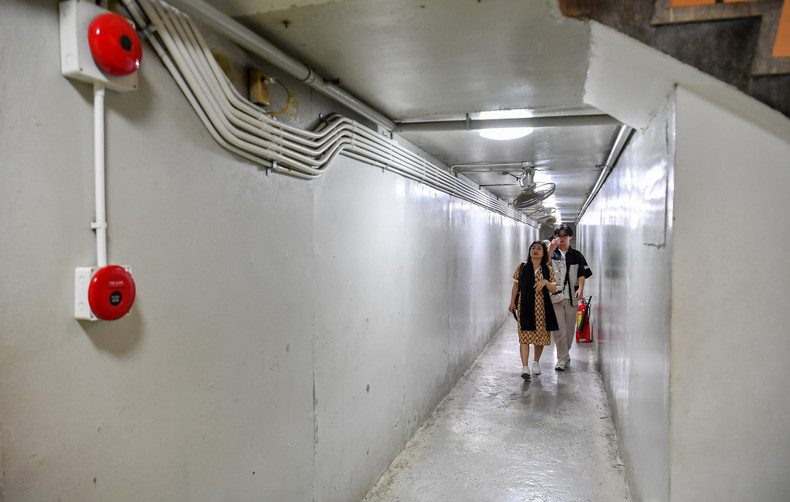 |
| The basement, designed by engineer Phan Van Dien, is a point of curiosity for many visitors. |
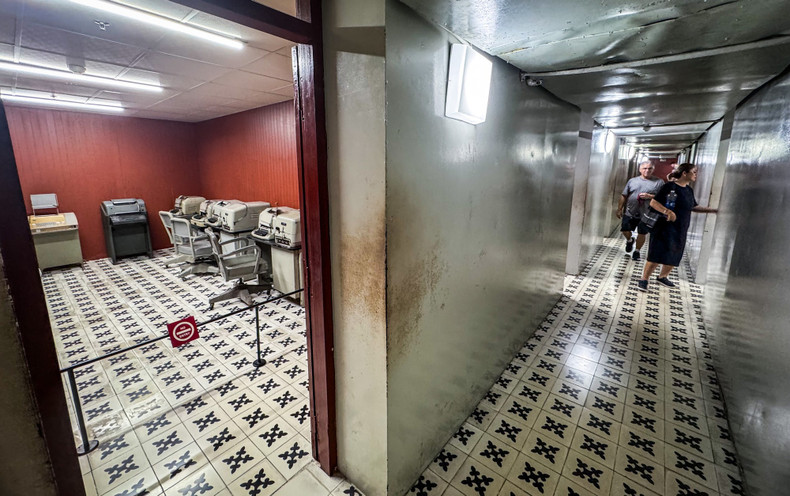 |
| It is a solid structure, 72.5 meters long, 0.8 to 22.5 meters wide, and 0.6 to 2.5 meters deep, with interconnected concrete rooms, 5mm steel-clad walls, and its own ventilation system. |
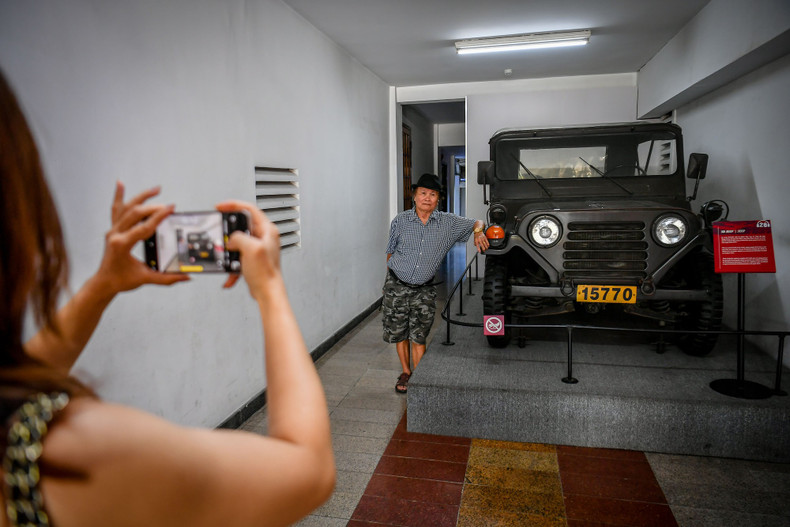 |
| Artifacts on display include the M151A2 Jeep, which transported President Duong Van Minh to the Saigon Radio Station on April 30, 1975, where he announced the unconditional surrender that officially ended the Saigon regime and ushered in national reunification. |
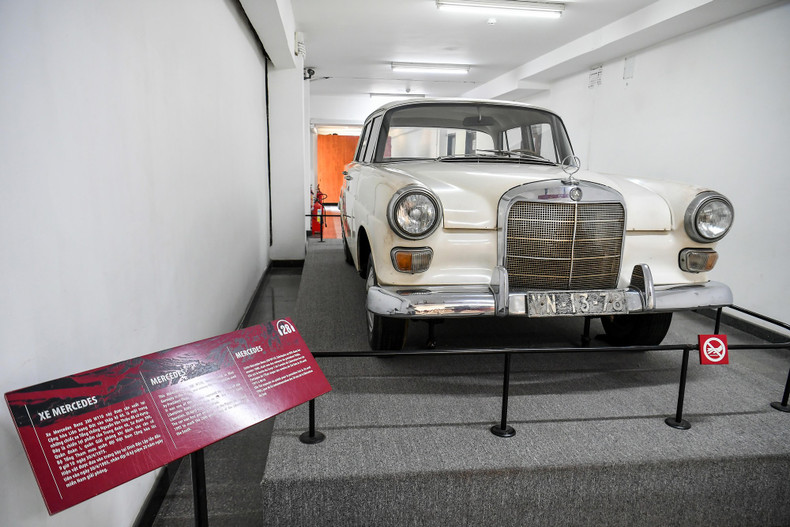 |
| Also preserved is one of the Mercedes cars used by President Nguyen Van Thieu. |
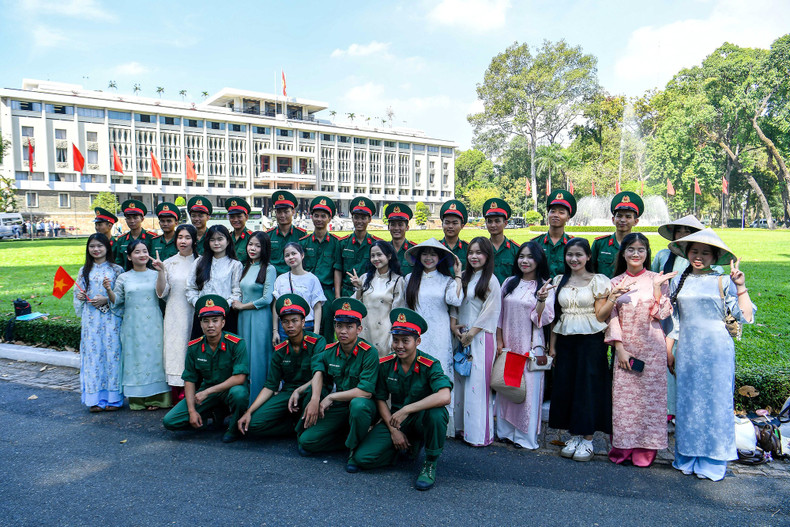 |
| Today, the Independence Palace is one of the most visited attractions in Ho Chi Minh City, offering a vivid window into Vietnam's modern history and its journey toward peace and unification. |
